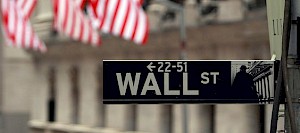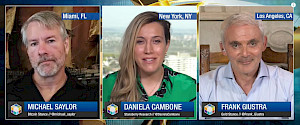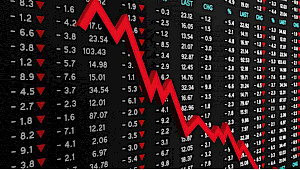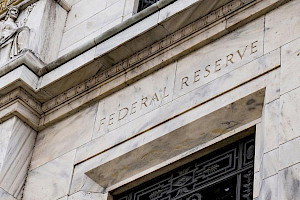Gold: The Unfortunate Final Refuge
March 12, 2020I have always been amazed by our collective ability to forget history. This applies to everything from politics, to war, to economics. The same things repeat with varying predictable patterns throughout the centuries. As Mark Twain is reputed to have said, “History doesn't repeat itself, but it often rhymes.” I have always believed those who read history books are much better prepared for the future. We are at a moment in history where it feels like almost no one has read anything. Although that may be an exaggeration, it does seem like those who are most ignorant of history are also the people steering our current course.
As I look around, all I see is a perfect storm of stupidity. Trade wars tend to end in disaster, violent conflict, and bankrupt nations. Excessive debt robs future generations and excessive money printing eventually destroys all paper currencies. All of these threats are currently in play.
Previously, I have written about the dangers of trade wars and excessive debt. I think a series of recent events warrant a conversation about monetary policy. It’s a heady subject, I know. But people need to understand the basics if for no other reason than to plan their finances.
In very simplistic terms, central banks influence the cost of money in two ways, through raising and lowering of interest rates and by increasing and decreasing of money supply. Theoretically, when the economy is over-heated, central banks tend to increase interest rates and when the economy is faltering, decrease them. Similarly, when the economy is stagnant, central banks sometimes enlarge the supply of money to spur growth and, when inflation threatens, they diminish the risk by shrinking the supply. These actions are all done for the purpose of preventing two extremes, either high inflation or depressions. Furthermore, central banks are supposed to act independently and not be influenced by the government of the day. Government’s job is to manage fiscal policy (i.e. to manage the budget for running a country). There exists a third important set of actors, which is made up of independent players in the financial markets that are only beholden to their shareholders.
In the US, the central bank (the Federal Reserve, or the Fed) was created in 1913 by members of the private banking system in response to a series of financial panics that caused great economic hardship in their aftermath. In theory, things were supposed to run much more smoothly going forward.
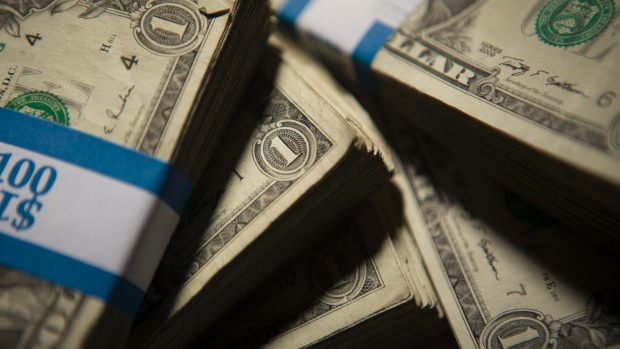 As the decades passed, the second law of thermodynamics (entropy) started to become a factor. Systems tend to go from order to disorder. Problems truly arise when the private-sector actors get greedy, corrupt, or as in the lead-up to the 2008 financial crisis, are simply left unregulated. That crisis led to extreme panic in the markets. To prevent the collapse of the entire financial system (which would have created, among other things, a global depression and very high unemployment), governments and central banks acted in concert by spending money to stimulate the economy (fiscal policy) and by lowering the cost of money to encourage borrowing (monetary policy). The 2008 crisis was so severe that it was decided that the policies needed to prevent a total financial collapse would also need to be extraordinary. So the US government borrowed lots and lots of money and kept on borrowing and is still doing so to this very day.
As the decades passed, the second law of thermodynamics (entropy) started to become a factor. Systems tend to go from order to disorder. Problems truly arise when the private-sector actors get greedy, corrupt, or as in the lead-up to the 2008 financial crisis, are simply left unregulated. That crisis led to extreme panic in the markets. To prevent the collapse of the entire financial system (which would have created, among other things, a global depression and very high unemployment), governments and central banks acted in concert by spending money to stimulate the economy (fiscal policy) and by lowering the cost of money to encourage borrowing (monetary policy). The 2008 crisis was so severe that it was decided that the policies needed to prevent a total financial collapse would also need to be extraordinary. So the US government borrowed lots and lots of money and kept on borrowing and is still doing so to this very day.
Even though the Federal Reserve (and the European Central Bank) moved interest rates to near zero, they believed that further stimulus was needed to save the economy, so they did something at a scale unprecedented in modern times - they created a lot of new money. They referred to this action as ‘quantitative easing,’ which is a fancy phrase that basically means ‘printing new money out of thin air’. At the time, they assured the public this was a temporary policy and that, as soon as the economy stabilized, they would normalize interest rates and take all of the extra money out of the system.
In the aftermath of 2008, I have consistently predicted that the Federal Reserve would never do either. My reasoning was based on simple arithmetic. Raising interest rates would bankrupt an overly-indebted government as well as the private sector and plunge a fragile economic recovery back into recession and, possibly, depression. Wall Street developed an entirely different motive for keeping rates low. ‘Free’ money has fuelled a bigger speculative bubble than the one that led up to the 2008 crisis, this time in the stock market. Raising rates would have the effect of ending that party. Furthermore, it would be impossible to ‘unwind’ the Fed balance sheet and take all that extra money out of the system. Without getting into the complexities of the Federal Reserve’s inner workings, let’s just say that raising rates would destroy the value of the Fed’s own portfolio and make it insolvent.
Simply put, the Fed has boxed itself into a corner.
The fiscal and monetary policies were sold to the public with a promise that, collectively, they would benefit the real economy (aka Main Street). As I mentioned in my previous article on debt, the only people that actually benefited from either policy were the private financial institutions that were bailed out by the government and anyone with wealth that was in a position to borrow money at no cost to buy real assets such as stocks and real estate. The real economy since 2008 has been anemic at best. True, unemployment is low, but the quality of those jobs is subpar and real wages have not moved up in tandem with the real cost of living. In other words, Main Street is not doing well and wealthy people are getting a lot wealthier. For the most part, the public understands this.
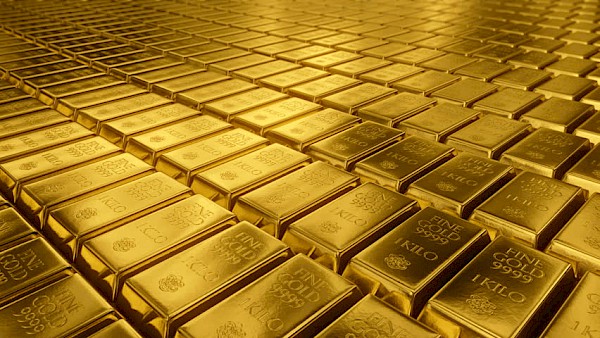 What most people don’t understand, however, are the long-term consequences of the extraordinary measures the central banks undertook. They actually made things worse and have set up the entire system for a much bigger crisis than 2008. ‘Easy’ money has only served to encourage the creation of a lot more debt (both public and private) and insane speculation in the markets. A few sane voices have been predicting the end game for the last several years and, increasingly, our warnings are starting to crystallize.
What most people don’t understand, however, are the long-term consequences of the extraordinary measures the central banks undertook. They actually made things worse and have set up the entire system for a much bigger crisis than 2008. ‘Easy’ money has only served to encourage the creation of a lot more debt (both public and private) and insane speculation in the markets. A few sane voices have been predicting the end game for the last several years and, increasingly, our warnings are starting to crystallize.
After years of pretense that interest rates were going to be raised because the economy was on a solid footing (a consistent messaging exercise by the central banks, supported by the talking heads of Wall Street), the Fed finally came clean. Interest rates were not going any higher and the excess money that had been pumped into the system was staying put. No sooner had that messaging sunk in with the markets, that they began to signal a possible interest rate decrease. That decrease will come, if not now, certainly before the 2020 election. It is extremely doubtful the Fed will have the backbone to resist the influence of both Wall Street and a government that wants to get re-elected.
And that’s where gold comes in. Always the canary in the coal mine, the price of gold begins to move much higher just when the potential decrease of interest rates becomes a real possibility. My prediction is it will continue to move higher, much higher, over the next few years. The fact of the matter is that we are in a forever near zero-interest-rate environment. It’s the same trap Japan fell into 30 years ago and it’s where they remain.
When the next crisis inevitably arrives (it could be in months or years, no one knows), the Fed will have no ammunition left to create a safety net like it did a decade ago. I believe that when the dominoes start to fall, some new version of quantitative easing will be introduced. History has shown, when a country’s government resorts to the endless printing of money, its economy goes into hyperinflation mode and the currency of that country becomes worthless. When that day comes, gold, in dollar terms, will go through the roof.
I don’t have a crystal ball and I have been wrong about markets before. But to me, the pages of history are beginning to look like the proverbial writing on the wall.
So think of gold as insurance. Not an investment. Having some amount never hurts.
Originally published July 09, 2019.





